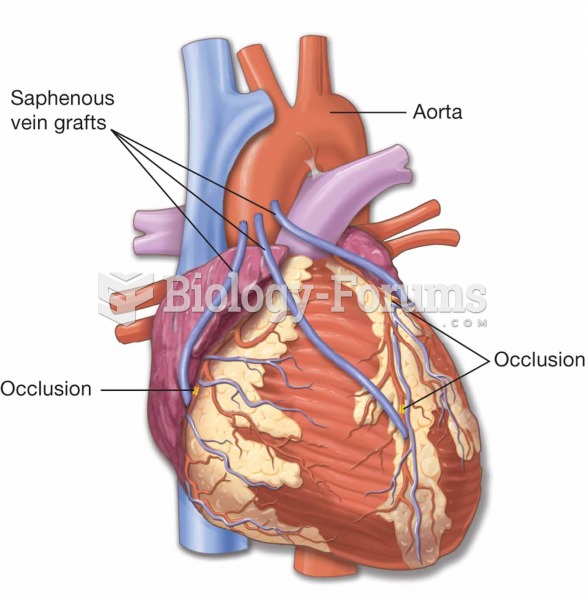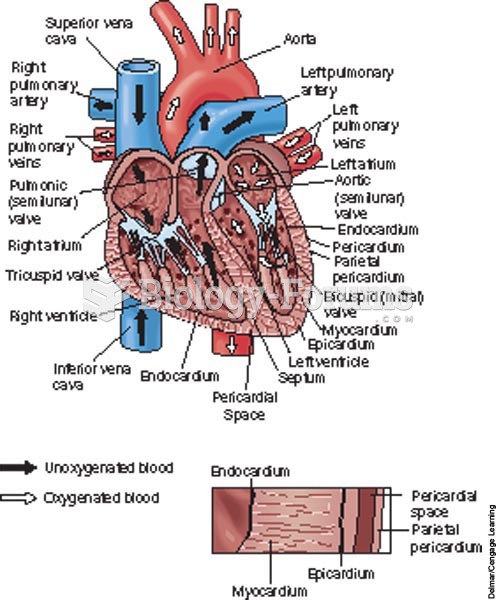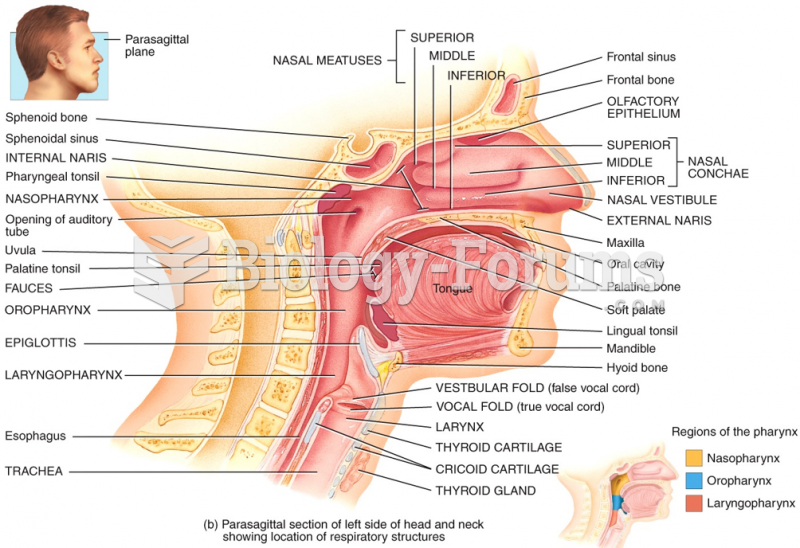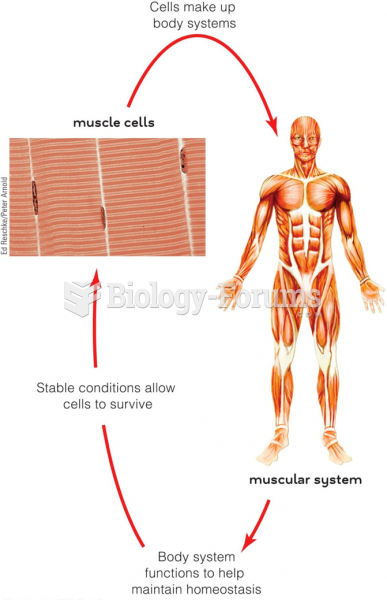This topic contains a solution. Click here to go to the answer
|
|
|
Did you know?
The first oral chemotherapy drug for colon cancer was approved by FDA in 2001.
Did you know?
Human kidneys will clean about 1 million gallons of blood in an average lifetime.
Did you know?
It is difficult to obtain enough calcium without consuming milk or other dairy foods.
Did you know?
The human body produces and destroys 15 million blood cells every second.
Did you know?
An identified risk factor for osteoporosis is the intake of excessive amounts of vitamin A. Dietary intake of approximately double the recommended daily amount of vitamin A, by women, has been shown to reduce bone mineral density and increase the chances for hip fractures compared with women who consumed the recommended daily amount (or less) of vitamin A.







